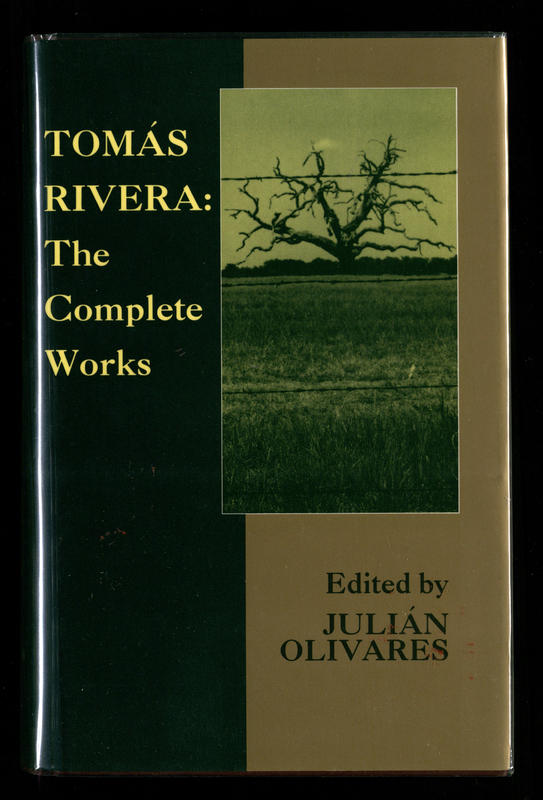Introduction
It is necessary to note that Tomas Rivera was a widely-known Chicano writer and poet. His short works are worthy of a discussion because he focuses on particular themes that are crucial for his culture, and explores unusual situations that may occur. His works are quite influential and are studied to this day. “First Communion” is an intriguing story because it displays the feelings and thoughts of a young boy before an important event in his life. All his pieces were collected in a book that was published in 1992 (“Tomas Rivera: The Complete Works”).

Analysis
The story starts with the preparation for the ceremony. The central character spends a lot of time thinking about his sins, and he is too worried that he will be punished. He has remembered all of his wrong-doings and decided to tell them to a priest. He understood that it was blasphemy to go to the event if he does not confess beforehand. The First Communion is an imperative event for every young individual because one receives the first sacrament (Castro 204). Therefore, this demonstrates that religion is a critical part of the Chicano culture that should not be disregarded. Moreover, the fact that he is often being told about sins and their consequences has an enormous impact on the boy’s life.
It is possible to state that his approach is not reasonable because he takes on himself even the sins that he did not commit. It is entirely possible that he viewed event smallest mistakes as misbehavior that needs to be reported because he was devoted to religion. He decides to visit a church early in the morning, but it was closed. The issue occurs when he notices two people engaging in intercourse, and he does not know how to react (Rivera 92). Another fascinating topic that is being raised here is that sexual morality is treated very seriously by Chicano. It is appropriate to have sex only when a couple is married, and it was impossible for a boy to tell if it was the case.
It was quite evident that their behavior was unreasonable, and they should not have done it close to a church. However, the theme that should not be disregarded is that many young Chicano people are not educated about their sexuality, and it may lead to severe consequences. A boy is not sure if it was a sin or not and he believed that he was responsible for not telling. The work is not racist at all, but the author supports the idea that most Chicanos are very religious, and take their traditions seriously. Another topic that is being raised is that sexuality is not the same as it used to be. Adolescents are much better educated, and access to such knowledge is essential for young people. Subject matter related to gender is also mentioned, and it is shown that boys likely to get distracted when they discover their sexual identity.
Conclusion
In conclusion, it is quite evident that this short story is a vital part of Chicano culture and highlights some of the aspects that are important for the community. Overall, the connections to the Chicano culture are easy to identify, and Rivera mentions traditions and the author tries to ensure that the readers are aware of it by adding small details.
Works Cited
Castro, Rafaela. Chicano Folklore: A Guide to the Folktales, Traditions, Rituals and Religious Practices of Mexican Americans, New York, NY: Oxford University Press, 2001. Print.
Rivera, Tomas. Tomas Rivera: The Complete Works, Houston, TX: Arte Publico Press, 1992. Print.
“Tomas Rivera: The Complete Works” n.d. JPEG file. 2016.